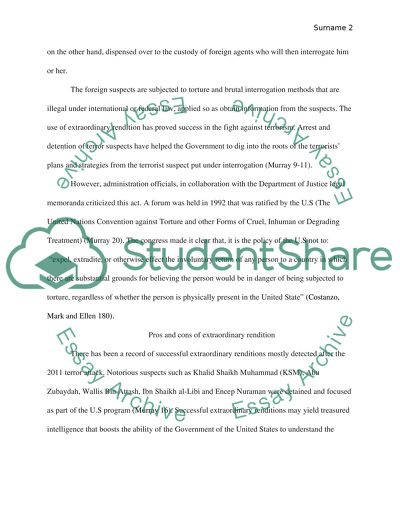Cite this document
(“Extraordinary rendition Research Paper Example | Topics and Well Written Essays - 1750 words - 1”, n.d.)
Retrieved from https://studentshare.org/english/1690081-extraordinary-rendition
Retrieved from https://studentshare.org/english/1690081-extraordinary-rendition
(Extraordinary Rendition Research Paper Example | Topics and Well Written Essays - 1750 Words - 1)
https://studentshare.org/english/1690081-extraordinary-rendition.
https://studentshare.org/english/1690081-extraordinary-rendition.
“Extraordinary Rendition Research Paper Example | Topics and Well Written Essays - 1750 Words - 1”, n.d. https://studentshare.org/english/1690081-extraordinary-rendition.


